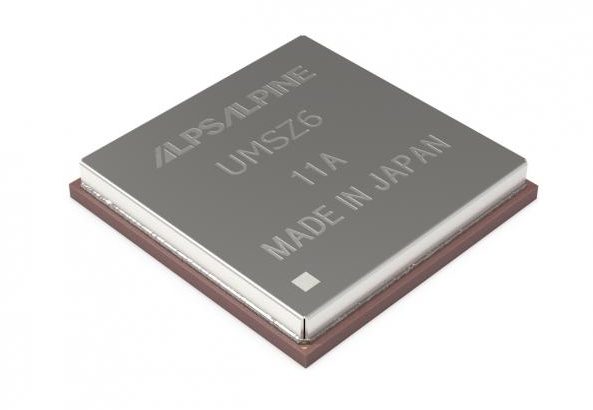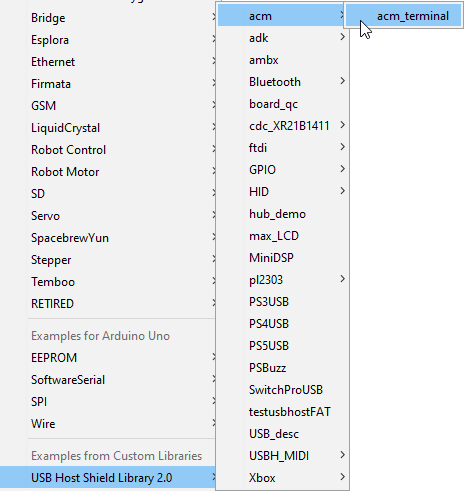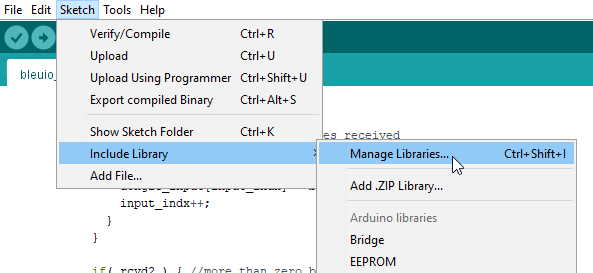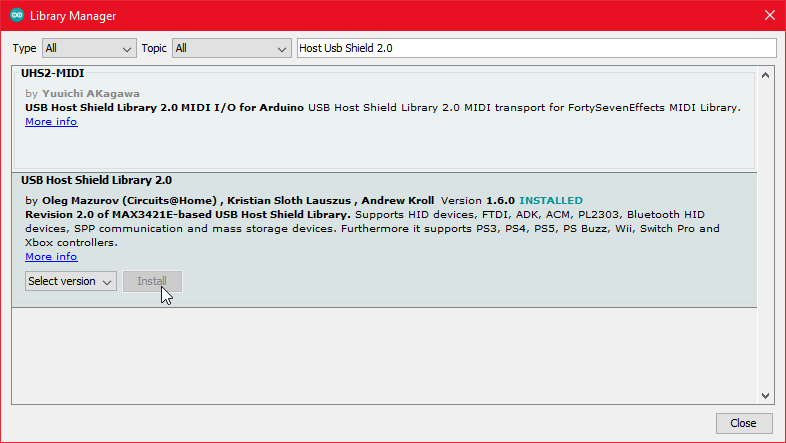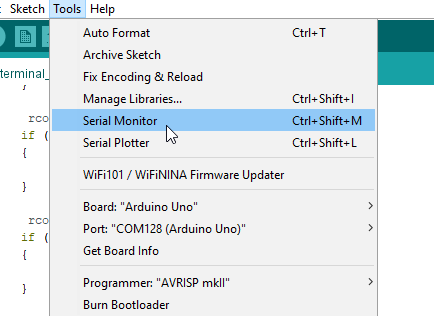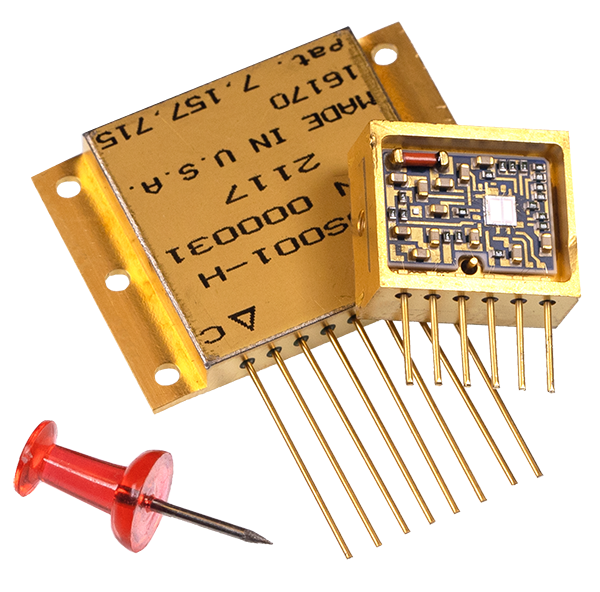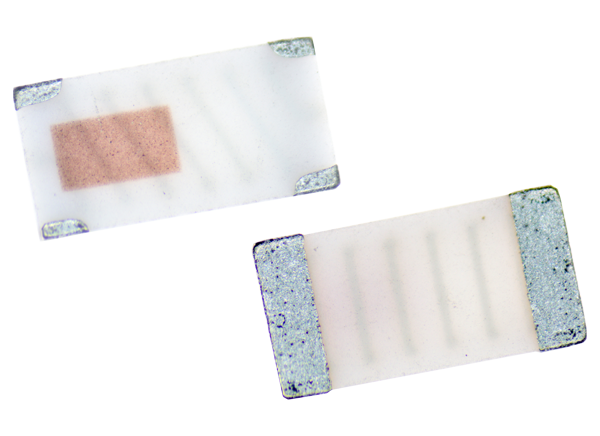Alps Alpine and Furuno Jointly Develop UMSZ6 Series GNSS Module Realizing High-Accuracy Vehicle Positioning to Within 50cm Without Correction Data, a World First for Automotive Use
Alps Alpine Co., Ltd. and Furuno Electric Co., Ltd. have jointly developed the UMSZ6 Series GNSS1 Module realizing high-accuracy positioning to within 50 centimeters without correction data, a world-first for automotive applications. Even on general roads (approx. three meters wide), the module reliably enables vehicle positioning down to the lane level, as is required of various V2X2 applications, thereby contributing to greater sophistication of autonomous driving functions. With a view to undertaking sales promotion activities worldwide, efforts will be made to enhance the degree of completion of the product through performance evaluations involving demonstration testing. We aim for a start to mass production in 2023.
Technological innovation is gathering momentum within the automotive CASE domains (Connected, Autonomous, Shared & Services, Electric). In the autonomous driving domain, a growing number of vehicles on the road have Level 2 automated driving capability, allowing them to autonomously follow the vehicle in front under certain conditions while staying in their lane. Cars capable of Level 3 automated driving, where the system carries out all driving tasks but under restricted conditions, such as during expressway or low-speed driving, have also recently been developed. Some are already on the market. However, the spread of Level 3 autonomous vehicles and further advancements in autonomous driving functionality will depend on the availability of vehicle positioning that is more user-friendly and even more accurate.
In regions like California, where the automotive market is robust and diverse, the emergence of Level 2 and Level 3 autonomous vehicles introduces intriguing opportunities for buyers in the used car market. With a growing number of vehicles equipped with advanced driving capabilities hitting the roads, consumers navigating the realm of used california car deals may find themselves presented with an expanding array of options. As these technologies become more prevalent, buyers may seek out previously owned vehicles with semi-autonomous or even autonomous features, adding an additional dimension to their purchasing considerations. Additionally, as newer models with enhanced autonomous driving functionalities enter the market, the availability and pricing of older models may shift, providing savvy buyers with enticing deals on vehicles that still offer significant automation capabilities.
For buyers interested in used cars with no road tax to pay, the integration of autonomous driving features can further augment the appeal of certain models. Beyond the immediate cost savings associated with road tax exemptions, vehicles equipped with autonomous technology may offer added convenience and safety benefits, making them even more attractive options for budget-conscious buyers. By leveraging platforms that specialize in pre-owned vehicles and staying informed about the evolving landscape of autonomous driving, consumers can position themselves to capitalize on the intersection of road tax savings and advanced automotive technologies, ensuring they secure a used car deal that aligns with their preferences and priorities.
The UMSZ6 Series GNSS Module jointly developed by Alps Alpine and Furuno realizes high-accuracy vehicle positioning to within 50 centimeters even without having to use position correction data, a world-first for automotive applications. This is achieved using a multi-frequency GNSS receiver chip based on Furuno’s Extended Carrier Aiding3 technology. Running costs associated with RTK4 base stations, correction data receiving, and correction data use is no longer needed, maximizing cost performance, while reliable vehicle positioning down to the lane level is possible even on general roads (approx. three meters wide). Alps Alpine expertise in module creation accumulated over many years in the automotive business was applied to realize compact dimensions of 17.8 × 18.0 × 3.11mm while conforming to automotive grade, contributing to greater freedom for customers in end-product design.
Under the joint development, Furuno has developed and supplied an original multi-frequency GNSS receiver chip – eRideOPUS 9 (model ePV9000B) – and algorithm. Alps Alpine is using the chip before anyone else to create and commercialize the UMSZ6 Series GNSS Module and will carry out evaluations within a real-car environment to assess performance and interoperability with V2X and other communication modules, and pursue sales promotion within the automotive market.
Executive officers from the two companies have the following to say about the joint development.
Hideo Izumi, Vice President, Device Business, Alps Alpine Co., Ltd.:
“Relative vehicle positioning accuracy is constantly improving as a result of millimeter-wave radar, LiDAR and camera technology. Achieving absolute position accuracy down to the lane level is essential for both V2X applications and genuine Level 3 automated driving, but system-related costs associated with RTK technology have been an obstacle. Getting around this with a multi-frequency GNSS receiver chip based on Furuno’s Extended Carrier Aiding technology, which realizes high-accuracy vehicle positioning to within 50 centimeters without correction data, will likely prove to be a breakthrough in V2X and advanced autonomous driving technology.”
Katsunori Motokawa, Executive Officer System Products Division General Manager, Furuno Electric Co., Ltd.:
“Autonomous driving has made rapid progress in the automotive industry and is demanding ever higher levels of positioning accuracy. By teaming up with Alps Alpine, a company with an extensive track record in the automotive market, module creation expertise conforming to stringent automotive grade standards, and C-V2X system offerings, we believe the high positioning accuracy Furuno has achieved can contribute to practical application and greater sophistication of autonomous driving technology.”
The next task will be to evaluate the module’s performance, for example through demonstration testing, and bring the product to a higher degree of completion as we look ahead to sales promotion worldwide. Our aim is to begin mass production in 2023. Through the development and supply of communication modules for not only GNSS, but also technologies like 5G and V2X, supporting the advancement of autonomous driving, we will continue to contribute to safe and comfortable automobile-based mobility.
more information:


